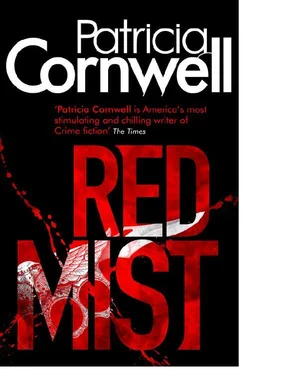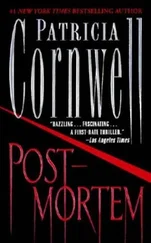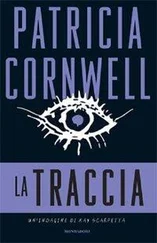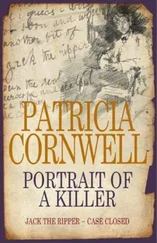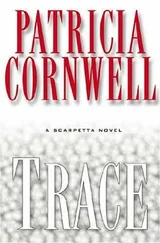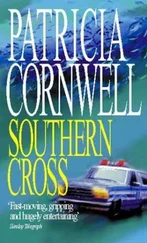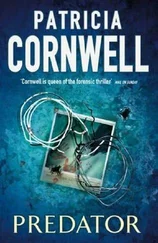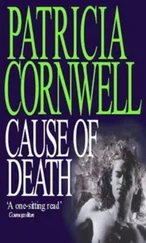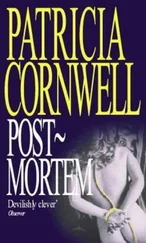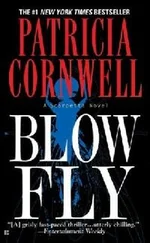We roar past grand old houses with windows and gardens lit up, their façades a variety of textures and designs. Italianate, colonial, Federal, and stucco, brick, wood, and ballast stone. Then the right side of the street opens up into what looks like a small park surrounded by a wrought-iron fence, and as we get closer I can make out gravestones and crypts and white crisscrossing paths dimly illuminated by incandescent lamps. On the cemetery’s southern edge is East Perry Lane, where there are large old homes on spacious lots thick with trees, and I recognize the Federal-style mansion from photographs I found earlier today when I read stories online about Lola Daggette while I was parked in front of the gun store.
The hot night air carries the sweet perfume of oleander as I survey three stories of Savannah gray brick with double-hung windows symmetrically placed and a grand central portico flanked by soaring white columns. The roof is red tile, with three imposing chimneys, and off to one side is an attached stone carport with archways that used to be open and now are glassed in. We park directly in front of a property I can’t imagine owning, I don’t care how handsome it is. I wouldn’t live in any place where people were murdered.
“I don’t want to sit here long, because the neighbors have a hair trigger about suspicious strangers and suspicious cars, as you might expect,” Marino says. “But if you look to the right, almost at the back of the house, just behind the carport is the kitchen door where the killer broke in. Well, you can’t see it from here, but that’s where it is. And that big villa to the right belonged to the neighbor who went out with his dog the morning of January sixth and noticed the glass busted out of the Jordans’ kitchen door and a lot of lights on for so early in the morning. Based on what I’ve been able to reconstruct, the neighbor, a guy named Lenny Casper, woke up around four a.m., when his poodle started yapping. Casper says the dog was upset and wouldn’t settle down, so he figured it needed to go out.”
“Have you talked to this neighbor yourself?”
“On the phone. He also was interviewed by the media at the time, and what he says now is pretty much the same thing he said back then.” Marino looks past me, out my open window, at the Italianate house he’s talking about. “Around four-thirty his poodle was doing his business right there where those palm trees and bushes are.”
He points at the up-lit landscaping of palms and oleander, and trellises of yellow jasmine that separate the two properties.
“And he happened to notice the broken glass in the Jordans’ kitchen door,” Marino says. “He told me the kitchen lights and a lot of lights in upstairs rooms were on, and his first concern was someone had tried to break in and maybe that’s what woke up his dog. So he went back inside his house and called the Jordans, who didn’t answer the phone. Next he called the police, and they rolled up around five, found the kitchen door unlocked, the alarm off, and the little girl’s body at the bottom of the stairs, near the entryway.”
I take in the former Jordan property, at what I estimate is an acre of wooded yard illuminated by post-mounted lanterns that cast large, thick shadows. The driveway is granite gravel edged in brick, and slate stepping-stones lead from it past the carport to a kitchen door that I couldn’t possibly see without getting out of the van and trespassing.
“He moved to Memphis not long after the murders,” Marino then says. “Neighbors on both sides moved, and based on what I hear, what happened really hurt real estate values. Fact is, hardly anybody within blocks on either side who was living here at the time still lives here now. From what I understand, the Jordan house is one of the most popular stops on ghost tours, especially since it happens to be right across the street from Savannah’s most famous cemetery, where a lot of the tours begin and end, at Abercorn and Oglethorpe, at the entrance we just went past a minute ago.”
Marino reaches in back, and paper rattles as he pulls out two bottles of water.
“Here.” He hands me one. “I feel like all I’ve done all day is sweat. You know, foot tours,” he resumes talking about Savannah’s haunted attractions and the crowds they draw. “Some of them candlelit at night, and you can imagine how old it would get if you live here, either in this house or nearby, and all these tourists are gawking while some guide goes on and on about the family murdered here. Hate to think what it’s like now, with it all over the news that Lola Daggette’s execution has been reset. Everybody around here has the Jordan murders on their minds again.”
“Have you been here during the day?” I ask.
“Not inside.” He takes a noisy swallow of water. “I’m not sure going inside would tell you anything nine years after the fact, and the house has been bought and sold a number of times, lived in by different people and probably changed a lot. Besides, I think it’s pretty obvious what happened. Dawn Kincaid busted the glass out of the door back there, reached in and unlocked it easy as pie. I guess Jaime told you the key was in the deadbolt, which is one of the stupidest things people do. Installing a deadbolt near glass panes or windows and then leaving the key in it. You know, take your choice. Get trapped if there’s a fire or make it easy for someone to break in and kill you in your sleep.”
“Jaime also said you’ve been looking into the question of why the alarm wasn’t set. Who installed it? Did the Jordans routinely use it? She says that they stopped setting it because of false alarms.”
“That’s the story.”
“I can tell you one thing from where we are on the street right now,” I add. “You can’t see the kitchen door. If you were walking or driving by, you wouldn’t know from casual observation that there’s a kitchen door or any door on the right side of the house. It’s out of sight because of the carport.”
“But you can see flagstones leading to something in the back that might be a door,” Marino says.
“Or the flagstones lead to the backyard. You’d have to look to know.” I twist the cap off my bottle of water. “What’s important is the kitchen door isn’t visible from the street, which would suggest to me that whoever broke in nine years ago either knew about the side entrance back there and it had glass panes and a deadbolt that required a key that often was left in the lock, or this person had gathered intelligence on some earlier occasion.”
“Dawn Kincaid sure as hell’s the type to gather intelligence,” Marino says. “She probably knew a rich doctor lived here. She probably cased the place.”
“And it was just her good fortune the key was in the lock and the alarm wasn’t set?”
“Maybe.”
“Do we know anything about where she stayed when she was in Savannah nine years ago, or how long she was in this area?”
“Only that fall classes at Berkeley ended on December seventh and the spring semester began January fifteenth,” Marino says. “She definitely completed her fall semester there and was enrolled in classes for the spring.”
“So she might have spent her holiday break in this area,” I decide. “She may have been here for several weeks before she visited her mother for the first time.”
“During which time she might have met Lola Daggette,” Marino suggests.
“Or become aware of her,” I reply. “I’m not at all convinced they knew each other. Maybe Lola knows who Dawn Kincaid is now, because of the Massachusetts cases and whatever Jaime or perhaps someone else has said to her. Lola may even know that Dawn had something to do with the Jordan murders, because I don’t care what Jaime says. You can’t know what’s been leaked about the new DNA test results. But regardless of what Lola knows right this minute, we can’t assume she connects Dawn Kincaid with anybody from nine years ago when the Jordan murders occurred, at least anybody she knew by name. Do you know what courses Dawn was taking at the time?”
Читать дальше
